LSD Gel Tabs
$150.00 – $710.00
LSD Gel Tabs
LSD gel tabs, also known as gel tabs or gel hits, are a form of the psychedelic drug LSD (lysergic acid diethylamide) that is embedded or infused into gelatin squares or other gel-like substances. They are an alternative to traditional LSD paper tabs, which are small pieces of paper that have been soaked or infused with a liquid solution containing LSD.
Composition and Strength
LSD gel tabs typically contain a higher concentration of LSD compared to paper tabs. They can often contain between 100 and 300 micrograms (µg) of LSD per tab. The gelatin or gel-like substance used to hold the LSD is capable of holding more of the drug than the paper, allowing for higher doses per tab.
Administration
LSD gel tabs can be taken orally or sublingually (placed under the tongue). When taken orally, the gel tab is swallowed and the LSD is absorbed through the gastrointestinal tract. When taken sublingually, the gel tab is placed under the tongue, allowing the LSD to be absorbed through the mucous membranes in the mouth.
Duration and Effects
The effects of LSD gel tabs are similar to those of other forms of LSD. LSD is a hallucinogenic substance that can produce profound changes in perception, thought processes, and sensory experiences. The effects typically begin within 30 to 90 minutes after ingestion and can last for 6 to 12 hours or longer.
Storage and Shelf Life
LSD gel tabs are known to have a longer shelf life compared to traditional LSD paper tabs. Due to their construction, gel tabs can potentially last longer and retain their potency better than paper tabs. However, it is still important to store LSD gel tabs in a cool, dry, and dark place to minimize degradation and maintain their potency.
Legality
The legality of LSD varies by country and jurisdiction. In many places, including the United States, LSD is classified as a Schedule I controlled substance, making it illegal to manufacture, possess, or distribute. It is important to be aware of and comply with the laws and regulations regarding LSD in your specific location.
Disclaimer: The use of LSD or any other illegal substance is against the law in many jurisdictions and can pose serious health risks. This answer is provided for informational purposes only and should not be interpreted as endorsing or promoting the use of illegal substances. Always consult with a medical professional or a qualified healthcare provider for personalized advice and information.
But times are changing, and new technologies are being implemented to pack more LSD in a single tab. LSD gel tabs are a new, innovative method of preparing LSD that offers several key advantages over conventional blotter paper.
Gel tabs can hold up to three times as much of the active ingredient as blotters and offer a significantly longer shelf-life.
Here, we’ll explore what LSD gel tabs are, what makes them better than conventional blotters, and why we believe they’ll become the standard for LSD in the coming years.
What Are LSD Gel Tabs?
LSD gel tabs look like conventional LSD blotters, but instead of paper, they’re made of a thin LSD-infused gelatin square.
They look just like little pieces of Jell-O. Sometimes they’re colored or made to look more decorative with cut designs or gold flakes; other times, they’re manufactured with unique shapes and designs to make them stand out.
LSD gel tabs contain a single dose of LSD. They’re used the same way as conventional blotter papers. Users place a single tab under the tongue where it’s absorbed through a network of tiny capillaries lining the base of the tongue.
How Are LSD Gel Tabs Made?
LSD gel tabs are made by combining liquid LSD, gelatin, and water. Once mixed and allowed to set, the gelatin hardens slightly to form a gel. The entire square is then cut into individual doses.
The amount of LSD in a gel tab can vary greatly depending on how much liquid LSD is used to make the gel sheet and how large the squares are cut.
Gel tabs hold up to three times as much LSD as conventional blotter paper, but they usually contain somewhere between 100 and 200 mcg per tab.
How Do You Take LSD Gel Tabs?
The most common way people use LSD gel tabs is to hold it under the tongue for about ten minutes and then swallow whatever is left.
Alternatively, you can just eat the tab as-is, but this may not provide as much efficiency with the dose as you’d get from holding the tab under your tongue.
LSD Gel Tabs vs. LSD Blotter Paper: What’s The Difference?
The only difference between LSD gel tabs and LSD blotters (AKA “a tab of acid”) is that gel tabs use a gelatin base to contain the LSD, while blotters use a special kind of absorbent paper (called blotter paper).
Gel tabs are the new generation of LSD administration. They last longer in storage, can hold more LSD per 1/4 inch square and kicks in about 50% faster than conventional blotters.
How Long Do LSD Gel Tabs Take to Kick In?
One difference you’re likely to notice when using gel tabs is that the effects kick in a few minutes faster than blotters.
LSD gel tabs dissolve rapidly under your tongue and allow the LSD to enter directly into your bloodstream. Blotters take more time because the paper itself doesn’t dissolve. Instead, the active LSD is diffused out of the paper and into the saliva before passing across the capillaries underneath the tongue.
In most cases, LSD gel tabs will begin to start delivering effects within 15 to 20 minutes. Some users may notice a longer period of up to an hour, especially if they swallow the tab instead of letting it dissolve.
Can You Microdose With LSD Gel Tabs?
Yes, you can absolutely microdose with LSD gel tabs.
The process for doing so is the same as it is with blotter paper. You can use a sharp knife or razor blade to cut a single gel tab into as many smaller pieces as you want. The easiest division is to cut the gel tab into about 9 smaller squares.
| Dosage | 100ug, 150ug, 200ug, 350ug, 550ug, 800ug, 1400ug |
|---|---|
| Quantity | 20 Tabs, 100 Tabs |
Be the first to review “LSD Gel Tabs” Cancel reply
Related products
Magic Mushrooms
Magic Mushrooms
Anxiety
Magic Mushrooms
Meditaton
Microdose
Magic Mushrooms
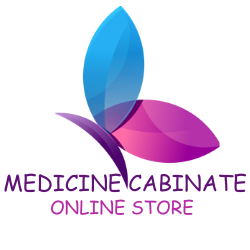

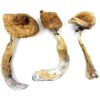



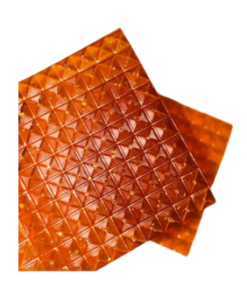
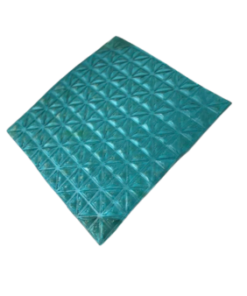

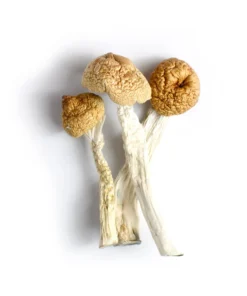

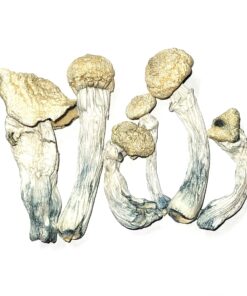


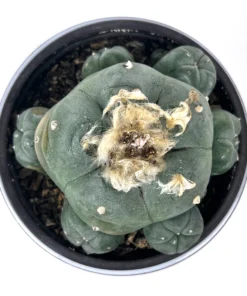
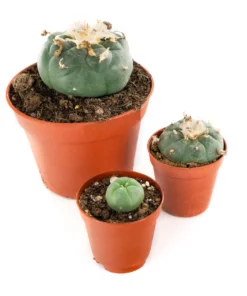
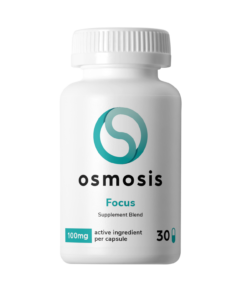

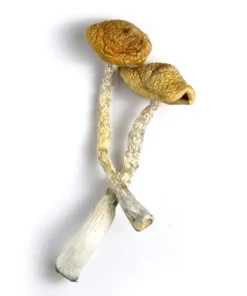
Reviews
There are no reviews yet.